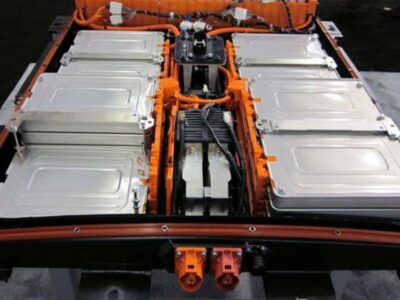Ultraviolet (UV) rays and sun glares can be dangerous for your family and loved ones while driving your respective car. Given such circumstances, vehicle owners spend money and invest in window tinting in Schenectady, NJ, window tinting in St. Petersburg, FL, and other window tinting firms to get new window films. Some install do-it-yourself (DIY) window tints to save money.
Whether your window tint is premium or ordinary, car owners should know the necessary steps to prolong their life expectancy.
Cleaning is the best way to ensure a window tint’s longevity. Yet, drivers should use the appropriate tools and products. In wiping or scrubbing dirt, use a microfiber cloth, as it keeps damages in the window surface away. Don’t clean your films with brushes and other abrasive equipment.
Moreover, soak your window tints with water and soap without grease-cutting content. Besides, don’t use ammonia-based washing substances in cleansing your windows, as they create unwanted discolorations and air bubbles.
On the other hand, consider window tint re-installation if bubbles persist longer in the surface for more than two weeks. It is usual for air bubbles to pop out after installation, but their prolonged stay only indicates poor installation.
Besides, bubbles also occur when drivers wash their cars after window tint installation. Therefore, cleaning the newly-tinted car is forbidden for at least seven days up until a month, depending on your location’s climate. Tints need time to try, so car owners should not rush things and control their excitement.
Indeed, window tints deflect UV rays, but they can’t handle direct exposure to sunlight for a long time or idle. Thus, drivers should park their cars in shadowy areas to keep their premium or ordinary window films safe.
Look at this infographic by Kepler to know more.

![How To Make Your Window Tint Last? [Infographics]](https://static.wixstatic.com/media/ed84e0_0732aa152fbc43feba2747342c2f99e0~mv2.png/v1/fill/w_740,h_4648,al_c,q_95/ed84e0_0732aa152fbc43feba2747342c2f99e0~mv2.webp)






Comments